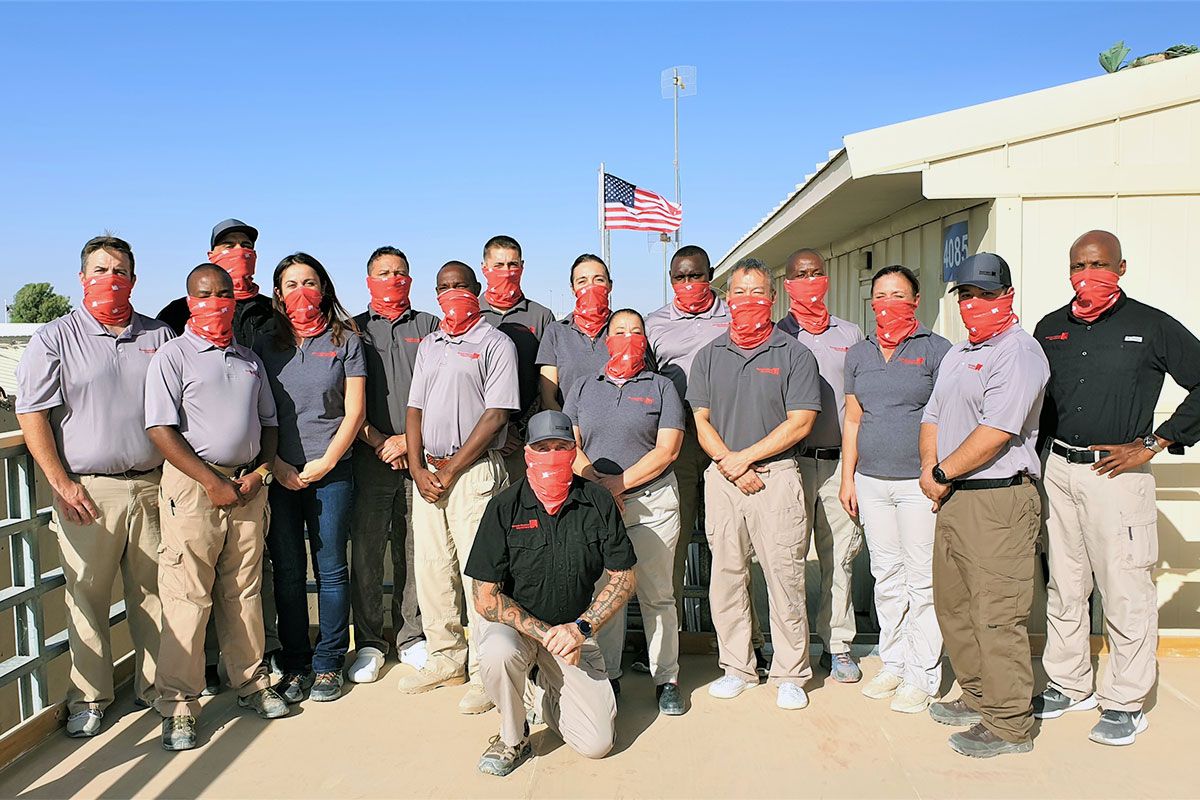
The first week of the course defined who the students would become as Wilderness EMTs , we gave them a solid foundation in patient assessment to take them through the course. Starting with simple airway management (or maybe not so simple… when your fellow students are ‘fake’ vomiting apples and granola on you!), and continued full swing with some advanced skills for remote settings, such as suturing. The students got their suture practice on pigs feet (no pigs were harmed, only healed), while gaining a valuable skill for truly remote patient care!


And here we are, week four. Emergency child birth, high angle rescue systems, and all of the skills from the previous weeks, and as you can see, we have been busy! Leaders have grown from the curious students on the first day. We were introduced to people who spend their time on the vast glaciers of the arctic and antarctic, wilderness trip leaders, and active military personal all blended in with ski patrol, lifetime divers, park rangers, physicians, law enforcement and wildland firefighters. After a month spent in such an exciting course filled with hands on assessment practice and field treatment, I am certain that the students are armed with medical skills that they can use in an ambulance or in the arctic. I can only hope my next course is in as beautiful of a location as the North Cascades!
Until next time,
Melissa


